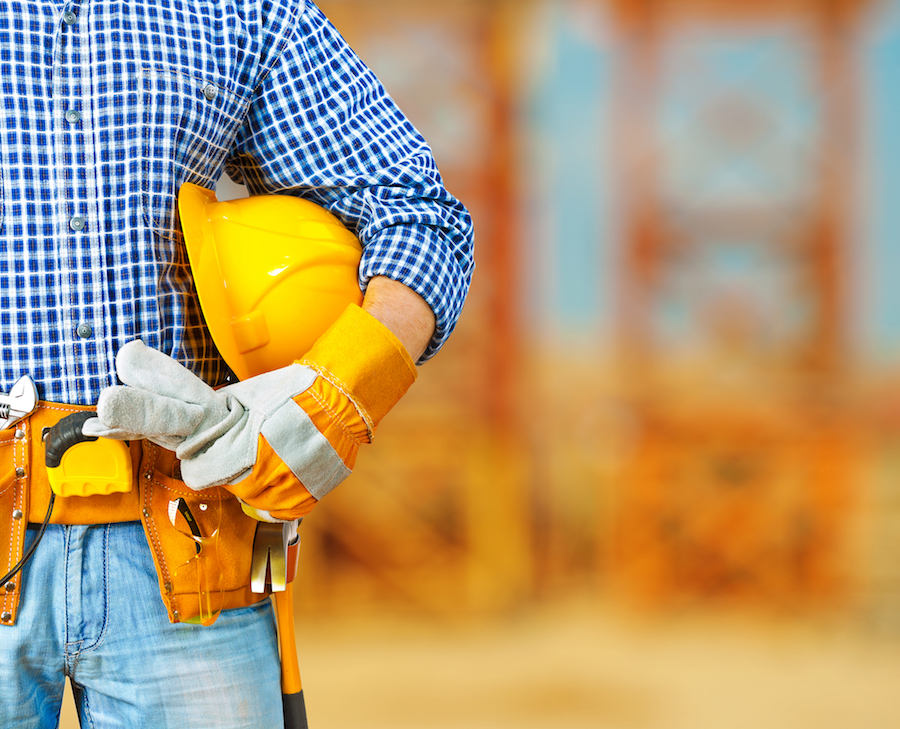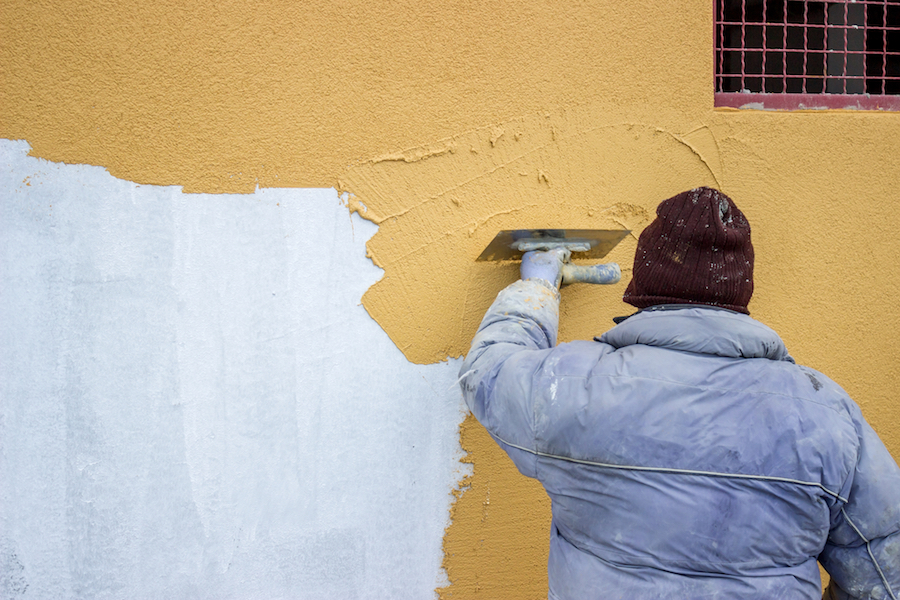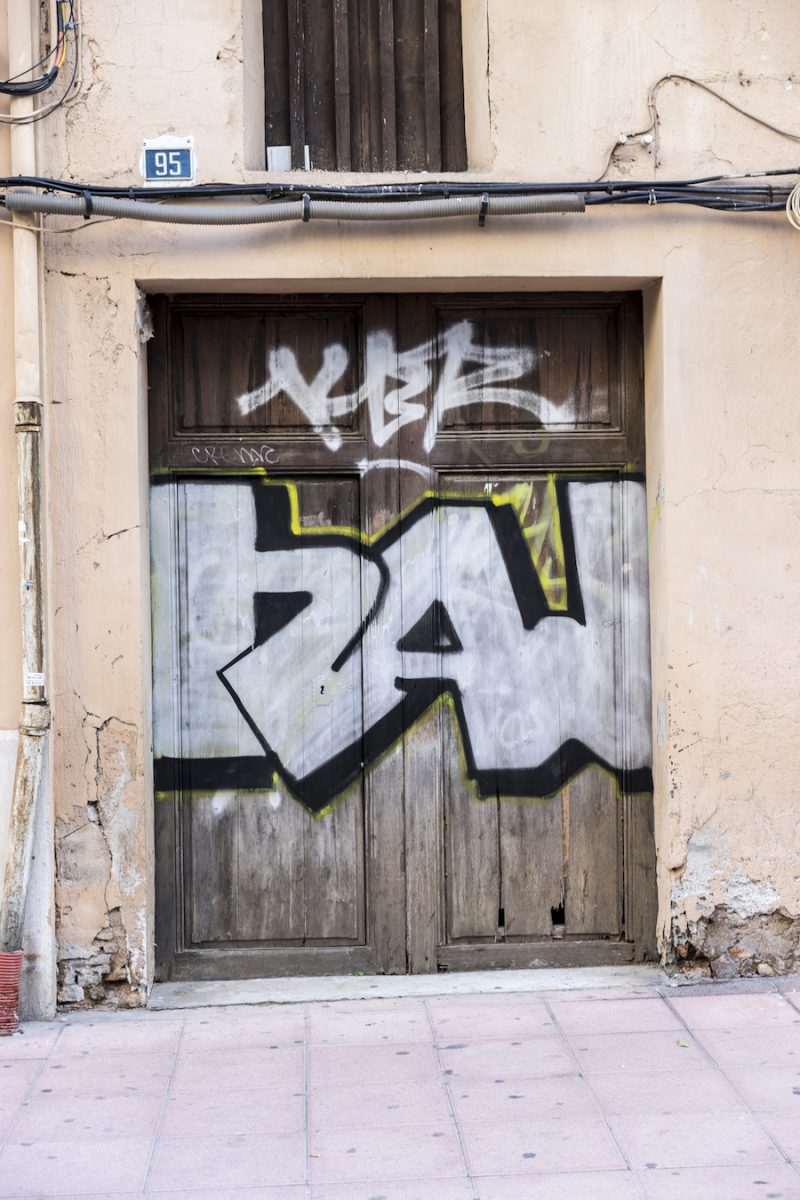Summer checklist for commercial building maintenance
Extreme summer temperatures can create maintenance challenges for commercial structures, but preventative maintenance saves money in the long run. To stay ahead of the wear and tear of high temperatures, use this handy checklist.
Read More5 ways to keep your building structurally sound
The secret to a long-lasting building is regular maintenance. Ignoring small repairs and cleaning leads to expensive problems. Here are a few of the most important maintenance tasks that can keep your building in good condition. Cleaning Over time, any building will collect dirt naturally. The Oklahoma wind drives dirt into the walls of your…
Read MoreHow elastomeric coatings defend your building
If you own a building, there are two challenges when it comes to the exterior. The outside of your building must be attractive, but it also must be protected against the elements. Water is the enemy when it comes to masonry surfaces like concrete, stucco and EIFS. And those are the most commonly-used materials for…
Read MoreHow we fix hail damage to EIFS and Stucco
Stucco and EIFS are very popular types of veneers in commercial construction. Unfortunately, they’re vulnerable to hail, and Oklahoma has plenty of hail to go around. As we head deeper into the storm season, it’s important to know the damage that hail can cause, and how it can be repaired. Any damage to the surface…
Read More3 reasons building maintenance will help you profit
There are a lot of things to consider when you’re trying to improve your bottom line. Maintaining your building is one of those considerations, and it’s important to your budget for a lot of reasons. Here are just a few of the ways that poor building maintenance can impact your pocketbook. An unattractive building can…
Read MoreCommon causes of discolored masonry
Remember the scary old house in movies? It usually had overgrown vegetation and a worn, moldy look. The house was meant to convey an element of apprehension to the viewer. In real life, though, the same holds true for our business’ buildings. A neatly maintained exterior with easy parking is a welcoming sign to visiting…
Read MoreWhy anti-graffiti coating will improve your neighborhood
For many, seeing graffiti in a neighborhood is a signal of social chaos and even possibly gang-related activity. Whether or not that’s the case in your neighborhood, graffiti tends to scare potential customers away. This form of vandalism not only has a monetary cost to the property owners directly impacted, but to the entire community.…
Read MoreUnderstanding EIFS repair for commercial buildings
Many types of coatings exist for commercial buildings. One popular option is EIFS, or Exterior Insulation and Finish System. EIFS became popular in the 1960s with the increased interest in building energy efficiency. This system gives exterior walls a water-resistant, insulated finished surface. Because it is low-maintenance, and provides energy efficiency, EIFS is a great…
Read MoreThe best time for tuckpointing
Weather in the central plains is harsh. Over time, fluctuating between extremely hot and extremely cold temperatures can create wear on your building’s masonry. While brick and stone can last 100 years or more depending on exterior conditions, the mortar of your commercial building starts deteriorating at 20 to 30 years. It is essential that…
Read More








